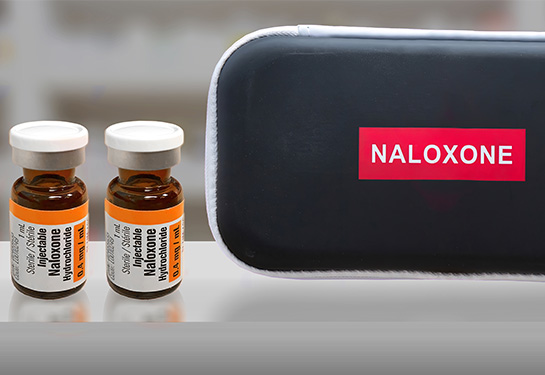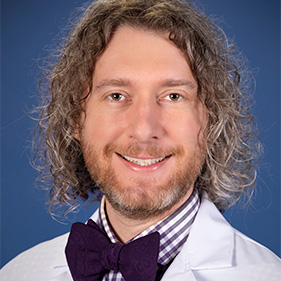Can naloxone improve survival rates of patients with cardiac arrest?
UC Davis Health study identifies link between naloxone administration and outcomes of certain cardiac arrests.
Patients who overdose on opioids and have a pulse are often given naloxone (Narcan) by first responders, a common life-saving measure.
However, emergency medical service (EMS) agencies have different protocols for administering naloxone, so there is little evidence to support its use in patients without a pulse who experienced opioid-associated out of hospital cardiac arrest (OHCA).
A recent study by UC Davis Health researchers set out to assess the effects of giving naloxone administration by paramedics to patients with OHCA.
The study, published in Jama Open Network, concluded there was an association between naloxone administration, and both return of spontaneous circulation and survival to hospital discharge.
“The incidence of drug-related cardiac arrests has skyrocketed in the past two decades, and there is an urgent need for evidence to guide possible naloxone use in this circumstance,” said David Dillon, assistant professor of Emergency Medicine and one of the study’s authors.
The incidence of drug-related cardiac arrests has skyrocketed in the past two decades, and there is an urgent need for evidence to guide possible naloxone use in this circumstance.” —David Dillon
What is naloxone?
Naloxone is a medicine that rapidly reverses an opioid overdose. It is an antagonist — meaning it attaches to opioid receptors and reverses and blocks the effects of other opioids. Naloxone can quickly restore normal breathing to a person whose breathing has slowed or stopped because of an opioid overdose. Researchers hypothesize that naloxone may also help patients who are experiencing opioid-related cardiac arrest.
Naloxone has no effect on someone who does not have opioids in their system, nor does it harm them, and it is not a treatment for opioid use disorder.
Opioid-associated cardiac arrests
Cardiac arrest occurs when the heart suddenly stops beating. Roughly 350,000 cardiac arrests occur outside the hospital each year, according to the American Heart Association. The majority of these are due to heart attacks or electrical issues with the heart, but opioid overdose-related cardiac arrests are a major cause of death for adults 25 to 64 years old.
Recent studies estimate 17.6% of all OHCA, and 34% of OHCA in those under 60 years of age, are the result of opioid toxicity.
Study results
For this retrospective study, researchers collected data from San Francisco, Sacramento and Yolo county EMS agencies between 2015-2023. In total, 8,195 patients with OHCA were treated by the three agencies.
The results showed EMS administration of naloxone was associated with significantly improved outcomes. The number needed to treat with naloxone, which represents the number of patients that need to be given naloxone to observe one additional positive outcome, was nine patients for return of spontaneous circulation and 26 patients who survived and were discharged from the hospital.
“Surprisingly, our findings showed that naloxone was associated with improved clinical outcomes in both drug-related cardiac arrests and non-drug related cardiac arrests,” explained Dillon. “This is important because it adds to our understanding about the effectiveness of naloxone for drug related out of hospital cardiac arrest.”
The researchers noted that these finding warrant further investigation, given the growing opioid epidemic in the United States and the potential benefits of naloxone as part of cardiac arrest care.
Related stories:





